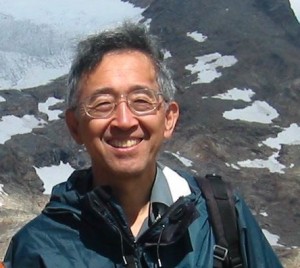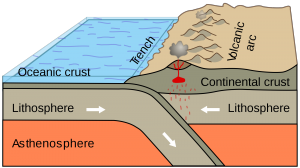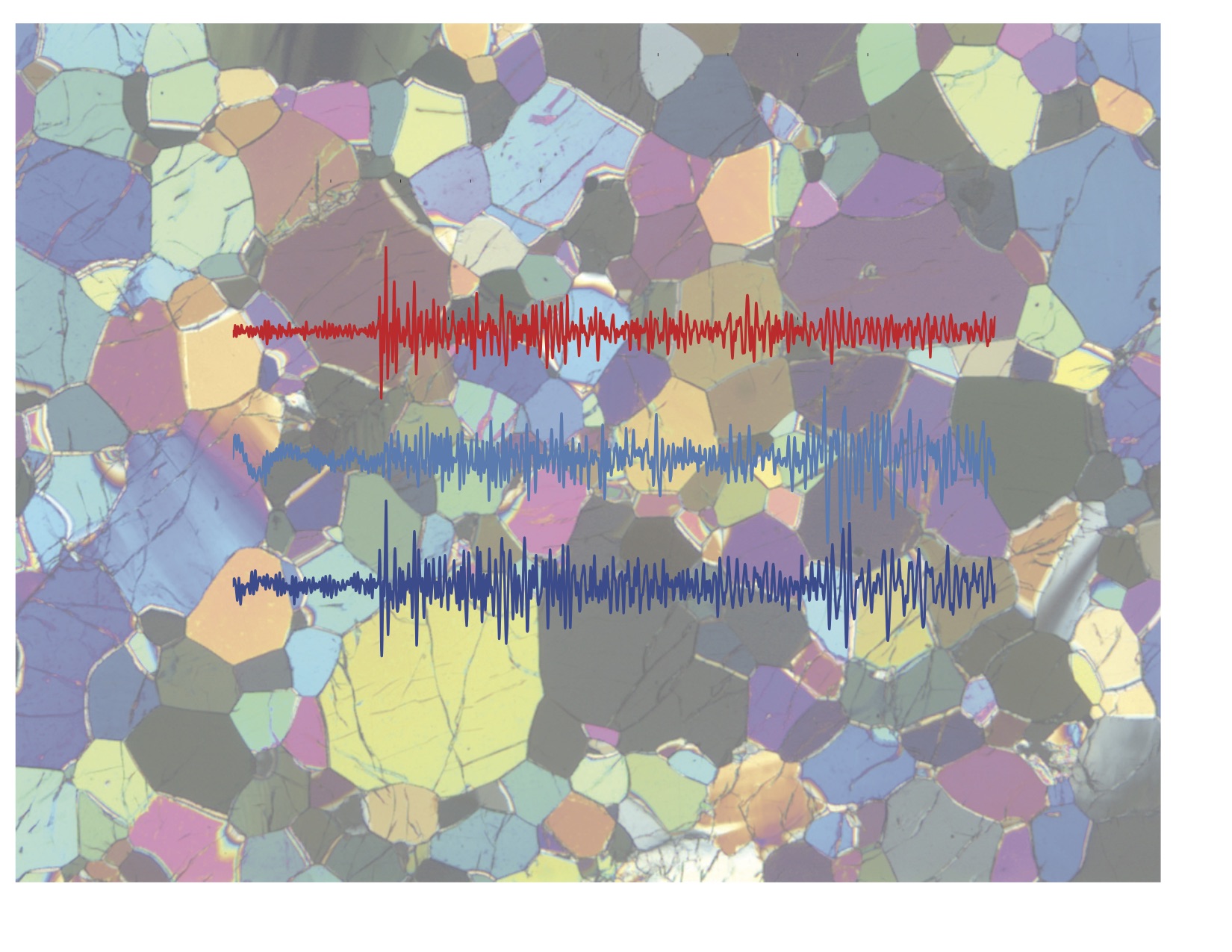As a student 40 years ago, Shun-ichiro Karato learned of the physical principles governing grain boundaries in rocks, or the defects that occur within mineral structures. Now, as a Yale professor, he has applied these same concepts to a baffling geophysical puzzle. Karato has developed a new model to explain an unexpected decrease in the stiffness of the lithosphere.

Earth’s outer layers of rock include the hard lithosphere — which scientists previously assumed to be stiff — and the softer asthenosphere. Seismological measurements performed across North America over the past several years have yielded a surprising result. “You should expect that the velocities [of seismological waves] would be high in the lithosphere and low in the asthenosphere,” Karato said. Instead, a drop was observed in the middle of the lithosphere, indicating softness. With the help of colleagues Tolulope Olugboji and Jeffrey Park, Karato came up with a new explanation for these findings.
Recalling from his studies that grain boundaries can slide to cause elastic deformation, Karato made observations at a microscopic level and showed that mineral weakening occurs at lower temperatures than previously thought. Even if mineral grains themselves are strong, the grain boundaries can weaken at temperatures slightly below their melting point. As a result, seismic wave observations show increased softness even while the rock retains large-scale strength.
Karato noted that there is still work to be done in this line of inquiry. “This is what I love,” he said. “Looking at the beauty of the earth and then introducing some physics [sometimes] solves enigmatic problems.”

Cover Image: A rock microstructure (background) and three seismograms (ground motion of Earth caused by an earthquake). A seismologist analyzes seismograms to come up with a model of Earth’s structure. The grain boundaries of the rock are the boundaries between regions of different color in this figure. Image courtesy of Professor Shun-ichiro Karato.

